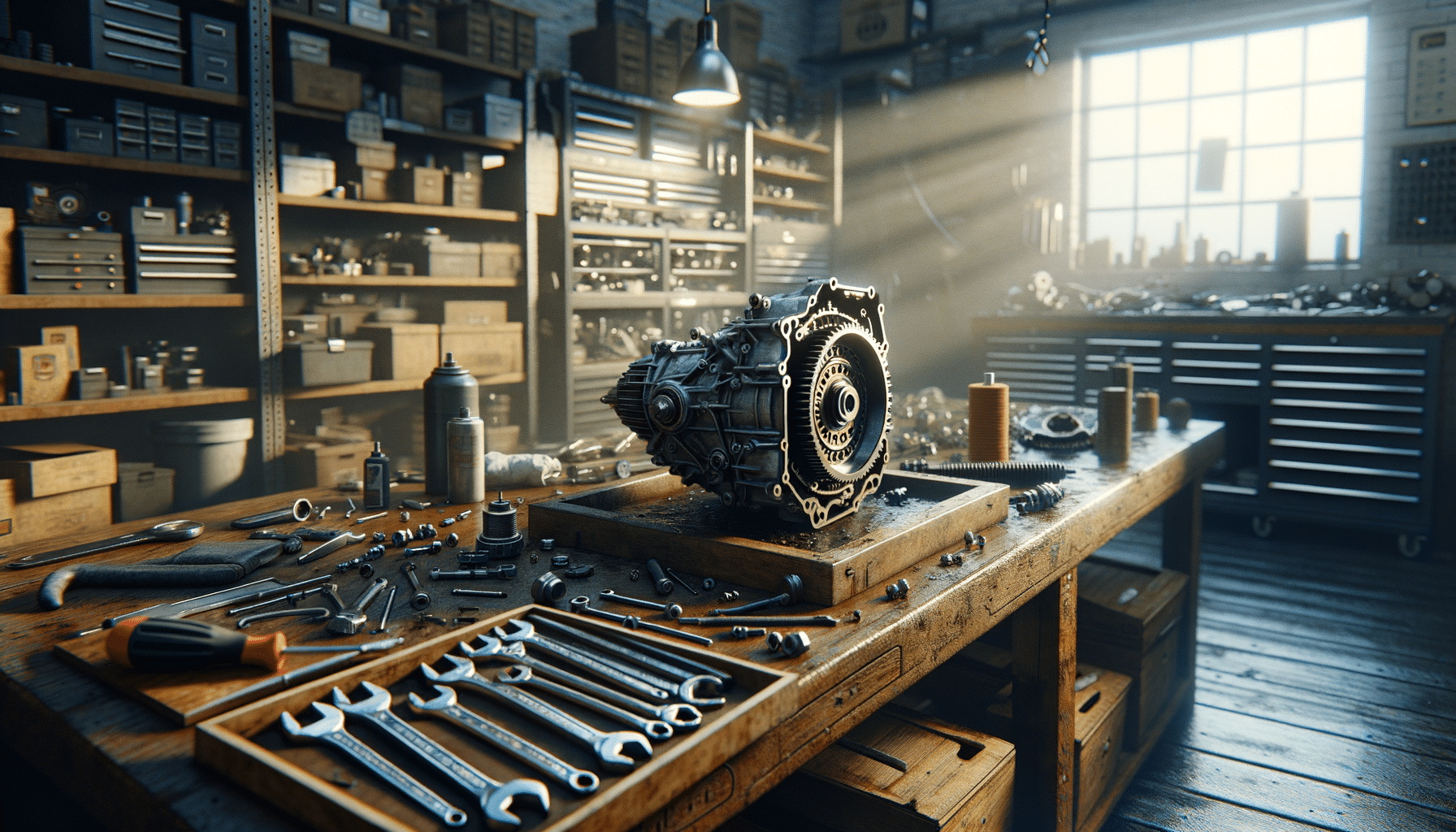
Transmission Rebuild
Introduction to Transmission Rebuild
Rebuilding a vehicle’s transmission is a complex but rewarding task. A transmission is a critical component in any vehicle, responsible for transferring power from the engine to the wheels. Over time, wear and tear can affect its performance, making a rebuild necessary. This article delves into the intricacies of transmission rebuild, focusing on the tools required, common challenges faced by mechanics, and the steps involved in the process.
Understanding the Gearbox and Drivetrain
The gearbox and drivetrain are essential elements within the vehicle’s transmission system. The gearbox, often referred to as the transmission, adapts the engine’s output to the drive wheels. It ensures the engine runs efficiently across various speeds. The drivetrain, on the other hand, encompasses all the components that deliver power to the wheels, including the gearbox, driveshafts, and differentials.
There are different types of gearboxes, such as manual, automatic, and continuously variable transmissions (CVT). Each requires specific knowledge for maintenance and repair. Understanding the differences between these systems is crucial for any mechanic or vehicle owner considering a transmission rebuild.
Tools and Equipment Required
Rebuilding a transmission requires a variety of specialized tools and equipment. Basic hand tools such as wrenches and screwdrivers are essential, but more advanced tools like a transmission jack, clutch alignment tool, and seal puller are also necessary. It’s important to have a clean and organized workspace to prevent contamination of parts during reassembly.
Having the right tools not only makes the job easier but also ensures that the transmission is rebuilt correctly. Investing in high-quality tools can save time and prevent future issues, making it a worthwhile consideration for both professional mechanics and DIY enthusiasts.
Common Challenges and Solutions
Rebuilding a transmission is not without its challenges. One common issue is diagnosing the exact problem within the transmission. This requires a deep understanding of the system and sometimes the use of diagnostic tools. Another challenge is dealing with worn or damaged parts that need replacement.
To overcome these challenges, it’s essential to stay informed about the latest repair techniques and tools. Networking with other mechanics and attending workshops or training sessions can also provide valuable insights and solutions. Patience and attention to detail are crucial traits when tackling a transmission rebuild.
Steps for a Successful Transmission Rebuild
The process of rebuilding a transmission involves several detailed steps. First, the transmission must be carefully removed from the vehicle. Next, it is disassembled, and each component is inspected for wear and damage. Any faulty parts are replaced with new or refurbished ones.
Once all parts have been checked and replaced as necessary, the transmission is reassembled. Attention to detail is crucial during this stage to ensure all components are correctly aligned and secured. Finally, the rebuilt transmission is reinstalled in the vehicle, and a series of tests are conducted to ensure it operates smoothly.
Following these steps meticulously can lead to a successful transmission rebuild, restoring the vehicle’s performance and reliability.
Conclusion: The Art of Transmission Rebuild
Rebuilding a transmission is a testament to the skill and dedication of a mechanic. It requires a blend of technical knowledge, precision, and patience. By understanding the components involved, equipping oneself with the right tools, and being prepared for challenges, a successful transmission rebuild can be achieved. Whether you’re a seasoned mechanic or a car enthusiast, mastering this process can enhance your understanding of automotive mechanics and provide a rewarding experience.


